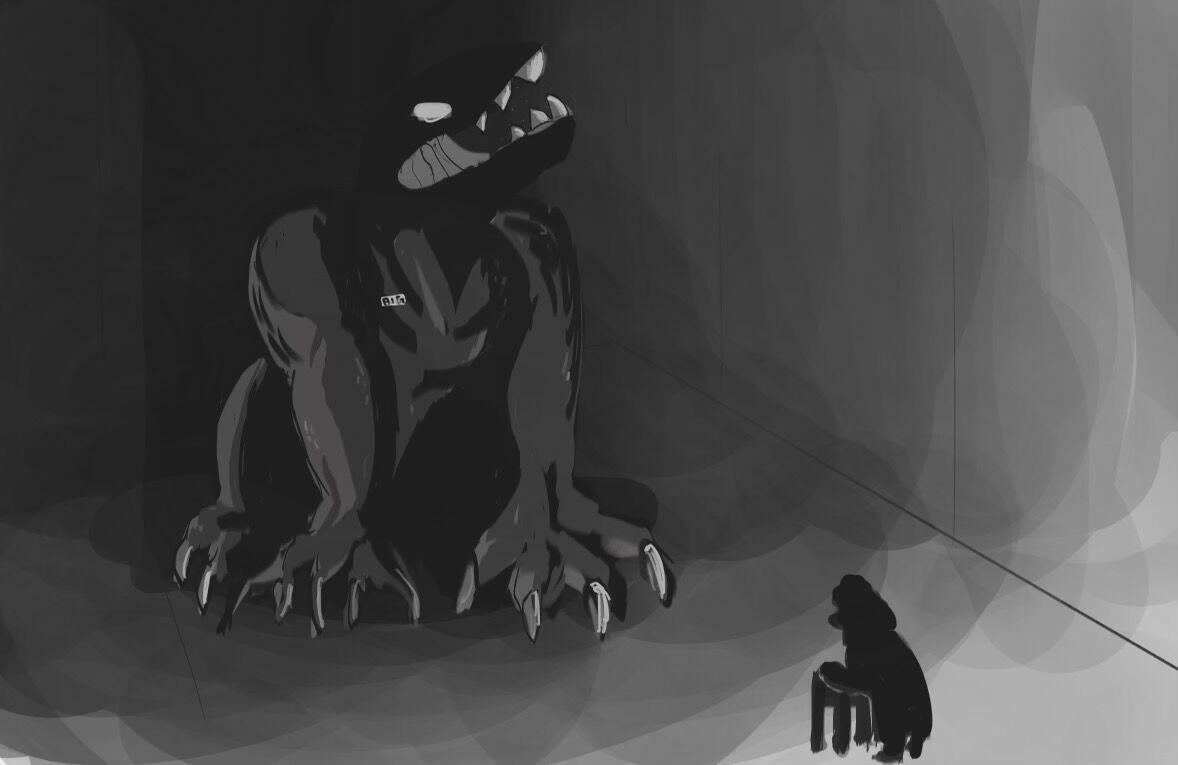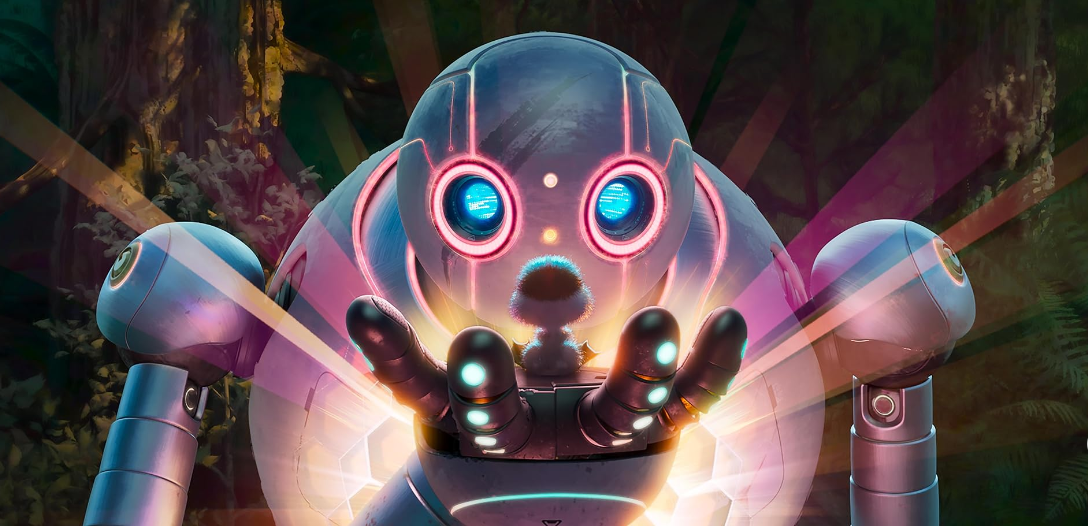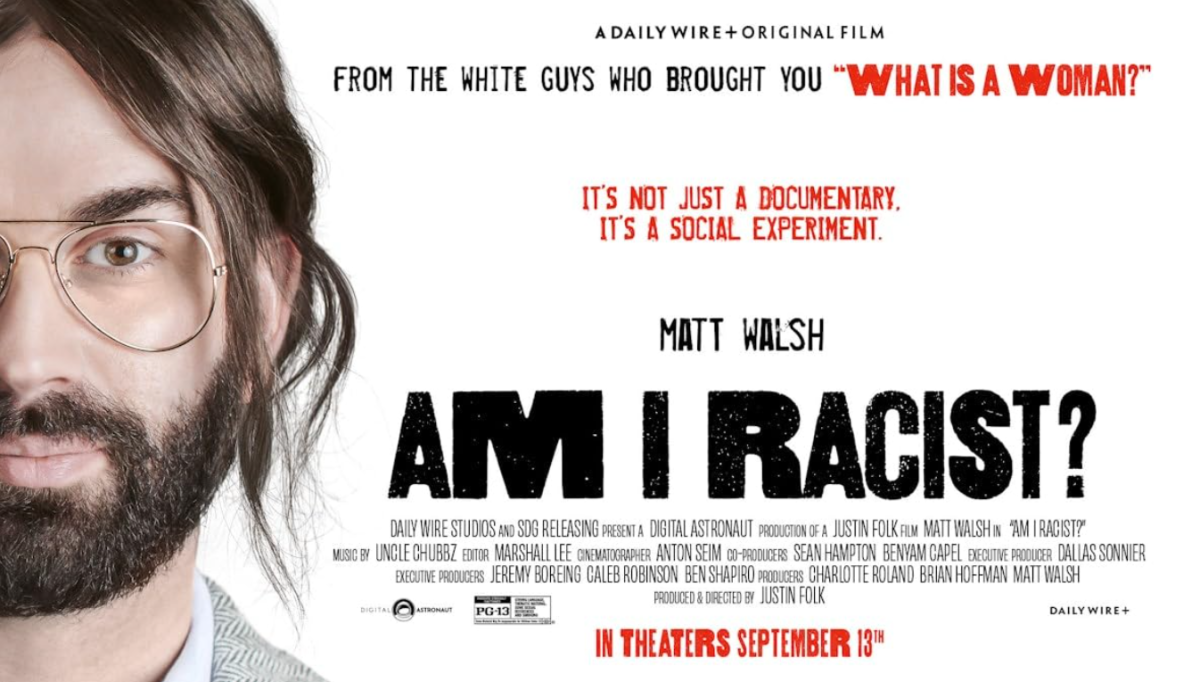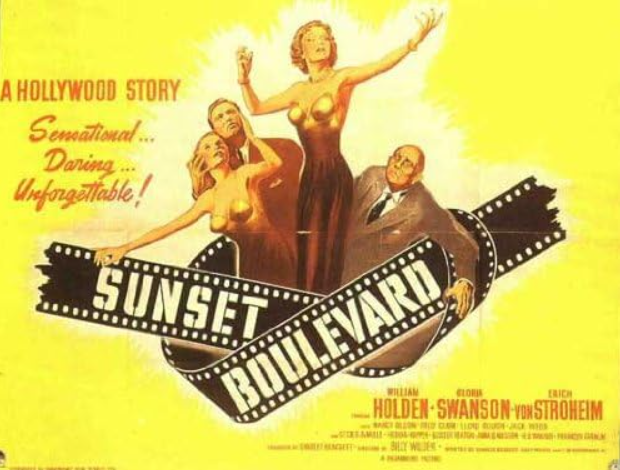What would you give for a chance to be a winner? If you could get that one thing you want, reach that one goal you’ve been striving toward, what would you be willing to lose? Would you do it if you knew what it cost? Alternatively, how far would you go to keep what you love? Gigi Saul Guerrero’s horror film “Bingo Hell” released on Sept. 24 this year, just in time to haunt this spooky season with these questions.
“Bingo Hell” takes audiences to the barrio of Oak Springs. Though the neighborhood’s elders, led by Adriana Barraza’s stubborn and passionate Lupita, have long watched over their community, they are feeling pressured to leave both from the gentrification of their home and their own personal needs. This does not sit well with Lupita. To make matters worse, the group’s beloved bingo hall is bought by a mysterious and wealthy man who calls himself “Mr. Big,” played by Richard Brake. He promises to help the residents of Oak Springs win “big,” so long as they want it badly enough. When people start to win more money than many of them could have dreamed, Mr. Big’s offer becomes even more irresistible. Something sinister is at play, though, as the cash prizes seem to come with a high price and the winners begin dying off one by one. Lupita, determined to not let her community and her friends fall to this stranger, takes it upon herself to stop him.
The film doesn’t use many CGI effects, preferring to stick with a more practical set of tricks to frighten viewers. While most thrillers and horrors rely on the use of darkness to create their haunting atmosphere, it is the interplay of light and shadow that gives “Bingo Hell” its eeriness. Dim glows of neon red, blue and green illuminate those who find themselves under Mr. Big’s influence, be it in his colorfully dark bingo hall or in the oppressive visions he harries his prey with. Another practical effect used is the green slime that oozes from the cash-carrying briefcases Mr. Big awards to the lucky winners. While this may not sound very frightening, and more along the lines of what one would see in a “Ghostbusters” film, the sludge is unsettling as it bleeds from cases as characters meet their gruesome deaths. Its bloody aspect matches that of Mr. Big, who bleeds not red but green when injured.
What should be one of the film’s greatest strengths is also, unfortunately, one of its greatest weaknesses. The aspect of mystery, key to any scary film, toys with audiences well, especially in how it shows Mr. Big’s powers to torment the residents, even in their own homes. As the film progresses, more of Mr. Big’s character becomes revealed as he lets more of his monstrous nature loose. However, the film stops short of revealing who, or what, he is and what brought him to Oak Springs in the first place. Now, sometimes stories don’t reveal their monsters fully to the audience, and that can work very well, but “Bingo Hell” teases a bit too much to not follow through. The film ends with Mr. Big’s defeat, and that’s that. Maybe for some viewers this will be enough, but for all the pieces of the character it feels like the one to tie everything together was withheld.
“Bingo Hell” is a bit of a wildcard of a film. For those who like practical effects and seeing the elderly go up against a villain, this will most certainly be an enjoyable watch. For viewers who prefer more polish to their fear-fueled fun, they will most likely be left unsatisfied and would do better to steer clear of this one.









